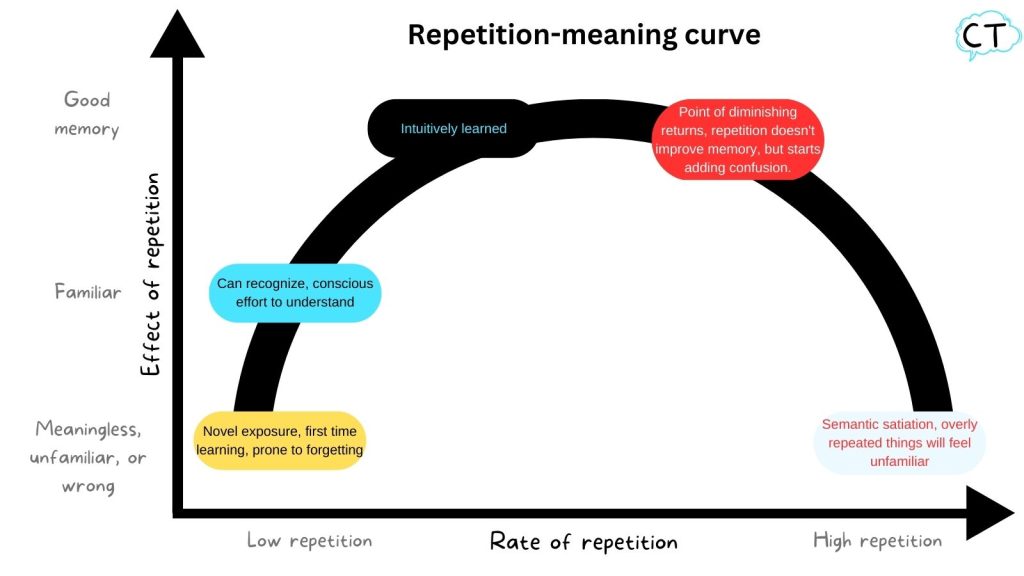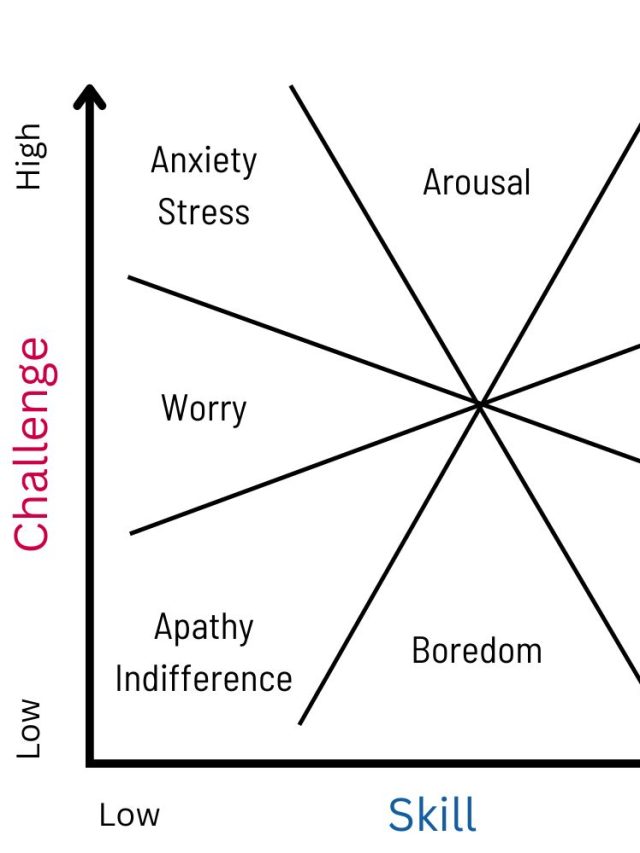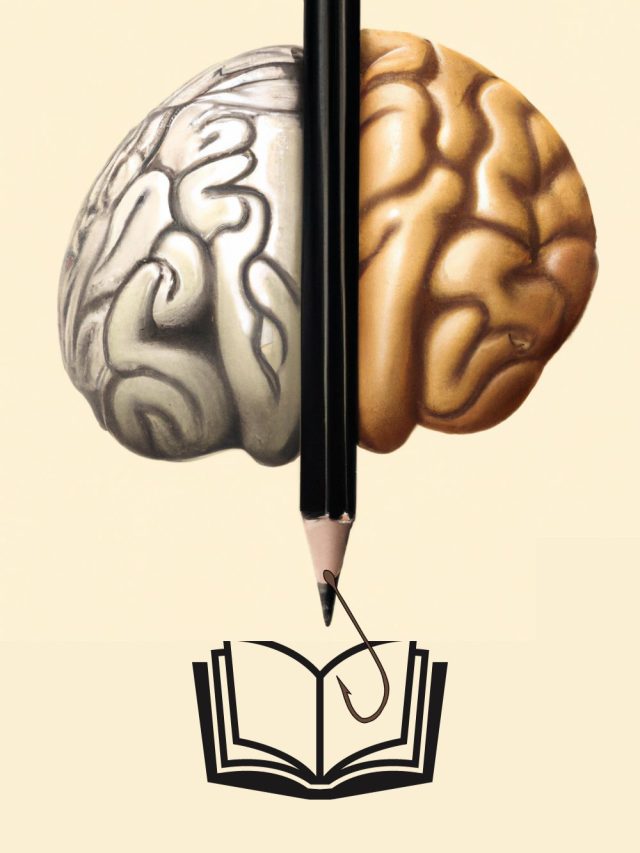I just edited 50 “colours” to “colors” in my article in 1 minute using Grammarly. When I finished, the word “color” seemed wrong and alien.
This is called semantic satiation.
You’ve probably noticed it when you read some random word 20 times in a short article or you repeated a keyword in your content so much that it feels wrong or misspelled. Then you’ve googled the right spelling. Amirite?

If you’ve seen a word too often or used it a lot, you might think it’s a weird word or there is something off about it. You have to thank a neural process called “reactive inhibition” for that.
Explanations
Repeated exposure to a word desensitizes the brain, and it starts feeling unfamiliar. The word is represented by a neural firing pattern. Overexposure leads to repetitive firing. Excessively repeated firing makes the neurons less reactive and responsive to the stimuli (the word). Then, the neurons stop responding to the word. This is called reactive inhibition.
Reactive inhibition is a neural mechanism that means the brain stops responding or suppresses a response to a stimulus. If a few neurons are stimulated periodically, they strengthen. But if they are consecutively stimulated non-stop, they become unresponsive and fail to send a signal. In technical terms, reactive inhibition, also called reactive response inhibition, is one mechanism by which the brain stops or inhibits a response. When it comes to over-exposed words, the response is recognizing that word as correct or meaningful, but this response is inhibited. Reactive inhibition[1] is currently the best explanation for semantic satiation and other “loss of meaning due to excessive exposure” phenomena.
Like semantic satiation, there are other phenomena, too – seeing a face too often makes it fade away in the background and become meaningless. Hearing a sound too often makes us ignore it. We commonly call these phenomena habituation – overexposure makes us reduce a sound, word, or picture’s significance. You may have heard of Deja Vu – a feeling you’ve seen something before even when you haven’t. The opposite of that is Jamais vu – finding something very unfamiliar even when you have seen it many times before. Reactive inhibition can explain it in some cases, like frequently repeated words, images, and sounds.
Lambert and Jakobovits, between 1960-1964, conducted a number of experiments on word repetition. In one study, they asked participants to repeat a word 2-3 times per second for 15 seconds. The participants rated those words on how meaningful they were. Their results? Repeated words started losing meaning. Not only that, they noticed that repeating a specific word made learning its associated words harder. For example, repeating a word like “soldier” rapidly would make other related word pairs like “ship-army” harder to learn. This showed words became meaningless on 2 levels: Connotative (its symbolic and structural representation) and Association (its context and related words).
- Connotative satiation: Connotative satiation is when a word starts losing its original symbolic meaning. For example, “color” stops being a word that has the capacity to denote various colors. Connotative satiation also includes the real representation of a word, such as its sound and spelling or overall structural “form.” So, typed or spoken words also feel wrong when they lose symbolic meaning.
- Associative satiation: Associative satiation is when a word loses its context it’s harder to find other words related to the original word. For example, “color” stops getting associated with other things like texture and brightness.
Together, with both types of satiation, a word becomes meaningless and strange, to the point it feels wrong. But, for it to feel wrong, there is another layer. First, the neurons stop responding to the word. Then second, the mind interprets this and tries to justify why the neurons are unresponsive and then concludes there is something “wrong” with the word. This rationalization, after the neurons stop responding is a “sense-making” process, and we do this to interpret things around us in ways we can believe (like astrology or explaining why we make purchases). In most cases, our judgments are made first, and then they are rationalized with ideas like product X is really good features, when in fact, the decision was made on how attractive the advert was.
Researchers have interpreted this phenomenon in many ways, but one stands out as possibly the best explanation for why any stimuli (object, shape, color, word, face, etc.) start losing meaning as it is repeated constantly. To understand this explanation, let’s look at an example.
Imagine the color blue on a yellow background.

Imagine that the blue turning yellow is almost the same as the background yellow.

You’ve probably rightly guessed that the blue turning into yellow is harder to differentiate from the background. The blue starts to lose meaning in the second image. The ability to differentiate one thing from something else is essentially recognizing a pattern and it is needed to form concepts.
Now, in these 2 images, both backgrounds are considered neutral contexts in which we interpret the circle’s color. The same happens with words. Words stand out in general text when they are contrasted in the background. But what if there is no context? When a word is repeated often or seen visually many, many times over, the word itself becomes the background context in which it appears. So the brain has nothing to contrast it with so a heavily repeated word merges with the context and becomes the context. And since contexts are treated as neutral features, the word becomes neutral or has no additional meaning.
We see a “lite” version of this in many cases where words stand out differently in different contexts. For example, “Appendix” will stand out differently in a thesis vs. a medical report. In the first spot, it is an index page. In the second, it is an organ in the body. And, if a report contains only the word Appendix, the report is meaningless and cannot be differentiated between a thesis, a medical report, or a dictionary. The context gives the word meaning, and if the context itself becomes the word because it is repeated too often, the word becomes pointless.
The repetition-meaning curve
Some level of repetition is good to reinforce an idea, and that is why we see words repeated 2-3 times in advertisements. Teachers and tutorials also repeat words to reinforce their strength and memory. With enough repetition, we get familiar with the word. With more repetition, we build a strong memory. Periodic repetition is a sure-shot way to improve memory for that word. But whether the word reaches semantic satiation or promotes learning depends on how frequently it is repeated.
Based on how much something is repeated and how it affects our cognition, I propose a repetition-meaning curve.

You’ll see that repeating/viewing something for the first time or very rarely is like learning something new. You are exposed to something, and then you start getting familiar as you see something repeated. When repeated enough times or its repeated frequently enough in a limited time, you form a strong memory for a word. After that, repetition starts harming and reaches a point of diminishing returns where repetition no longer improves memory. Soon after, as the rate of repetition increases, it becomes meaningless because it has reached semantic satiation by activating reactive inhibition in the brain.
For example, say you are exposed the word “flumpie,” which means “a typo that doesn’t look like a typo.”
- Once a year: You’ll hardly recognize it and think of it as a new word to learn.
- Once a week: You’ll consciously recall you’ve come across it in the past.
- Once a day or 7 times a week: You’ll have a strong memory for this word.
- 10 times a minute: You already know the word, but it doesn’t improve learning. It probably annoys you, or you become blind to it. Habituation starts.
- 30 times a minute: Your neurons that respond to the word are over-stimulated, and they become less responsive and stop responding as you hear flumpie. Now the brain has reached semantic satiation, and you no longer think the word has any real meaning.
While working – to improve focus and attention
When you monitor something with a lot of attention, but the task is boring or too repetitive, the brain turns blind to changes or what’s happening on a screen.
You effectively get hyper-habituated to the word to a point that you do not react to it because you simply don’t notice it. That is you are habituated to it and no longer consciously processing it because it is always there. The brain treats information that is always there as noise, just like it stops being aware of the nose and removes it from your vision until you notice it purposefully with your eyes. One reason productive tasks that need a lot of attention are hard to do and very mistake-prone when the same thing repeats over and over again is habituation. The brain goes numb to it. For that reason, having variety in your boring tasks reduces this habituation, and research shows[2] this variety (or distractions) actually improves concentration.
For example, mistakes like swapping “to” for “too” or forgetting “the,” “in,” or “to” while writing can be a form of habituation. Your brain may get unresponsive to those words because it is so habituated to seeing them that if they are missing, you don’t notice them.
In learning – to stop bad memorizing practices
Over-repeating something you had to memorize suddenly starts feeling wrong. Students do this a lot and fail to remember some technical words even after mumbling them 10 times back to back. The neurons slowed down in the process. They gave up.
You rectify this by giving the neural circuit representing that word some breathing room. Give it time. Rehearse the word after some gap. The brain continues learning and strengthening the neural circuits associated with a novel stimulus like a word even when you stop rehearsing it. Rehearsing with some time in between improves memory, which is known as the “spacing effect.” It improves memory better than the common alternative called “massing,” which is brute-force repetition or continuous recall/rehearsal. A formalized study technique is based on this called spaced repetition, which is when memory improves because you repeat something with increasing gaps in between. The goal is to beat the forgetting curve, which is a natural tendency for learned information to be forgotten.
In therapy – to kill triggers and reduce fear
Semantic satiation is used as a psychological technique to destroy the power of trigger words. You repeat the trigger word very fast, very quickly, and it starts feeling meaningless. Formally, this technique is called Titchner’s word repetition strategy, which is a cognitive defusion technique that has one purpose – destroy the emotional meaning of things that create emotional distress. Once you identify a trigger word for negative thoughts or a word that causes overwhelming emotions, you repeat it very fast for 30 seconds. Over time, the word feels hollow and devoid of meaning. At one point, the word loses its power.
Another way this manifests is called “desensitization,” where overexposure leads to weaker and weaker responses. In the context of mental health, desensitization techniques are used to reduce fear or strong emotional responses to triggers. One technique called gradual desensitization, exposing a person to something that elicits fear, like a spider, can eventually kill that fear. Here, the person is first exposed to zoomed-out photos of a spider, then the next session involves close-up photos, then being in a room with a spider inside a jar, and then a live spider. As the intensity of the fear stimuli (the spider) increases, the emotional response starts weakening.
Sources
[2]: https://www.sciencedirect.com/science/article/abs/pii/S0010027710002994?via%3Dihub

Hey! Thank you for reading; hope you enjoyed the article. I run Cognition Today to paint a holistic picture of psychology. My content here is referenced and featured in NY Times, Forbes, CNET, Entrepreneur, Lifehacker, about 15 books, academic courses, and 100s of research papers.
I’m a full-time psychology SME consultant and I work part-time with Myelin, an EdTech company. I’m also currently an overtime impostor in the AI industry. I’m attempting (mostly failing) to solve AI’s contextual awareness problem from the cognitive perspective.
I’ve studied at NIMHANS Bangalore (positive psychology), Savitribai Phule Pune University (clinical psychology), Fergusson College (BA psych), and affiliated with IIM Ahmedabad (marketing psychology).
I’m based in Pune, India. Love Sci-fi, horror media; Love rock, metal, synthwave, and K-pop music; can’t whistle; can play 2 guitars at a time.










